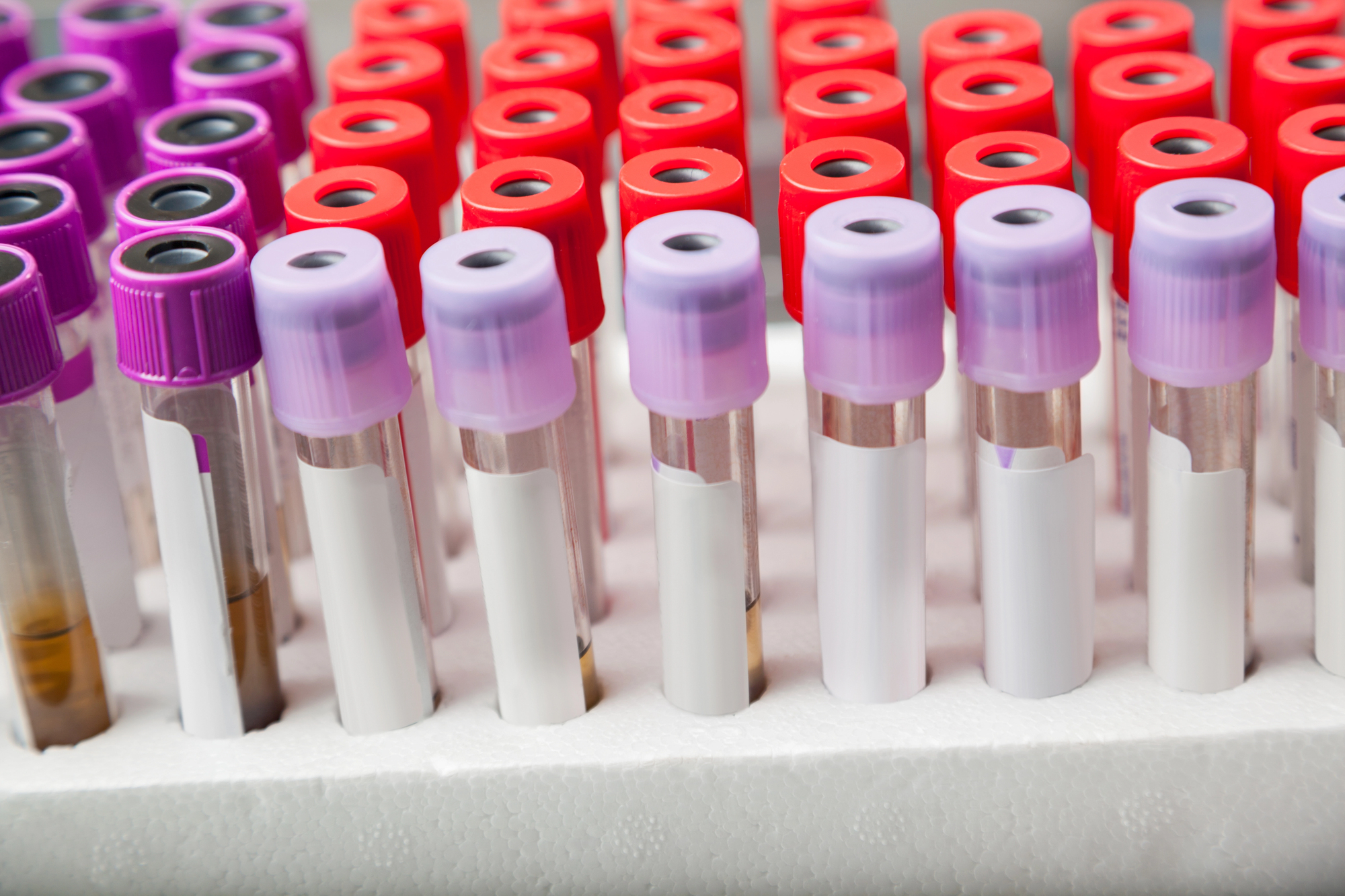
You can never deny the importance of sterilizing medical equipment. Medical devices and other items are often used in the treatment rooms of hospitals, and many doctors or physicians use them.
Many of these medical professionals use sterilizing tools to ensure that all the medical devices are free from any unwanted microbes present and maintain its proper functionality.
Autoclaves are one of the most important devices used in different medical and dental institutions. Also known as steam sterilizers, it uses steam under pressure to sterilize tools, instruments, and much other equipment used every day for surgeries and other procedures.
There are two common types of steam sterilizers used, namely:
In the gravity displacement process, the steam enters the sterilizing chamber through either the top or sides. Since the steam is hot, it is lighter than the air. It forcefully leads the air to sink to the bottom and out of the sterilization chamber, passing through the drain vent.
The pre-vacuum sterilizers work the same as the gravity autoclaving. They only differ on how they are fitted with the vacuum pump. It allows the air to be removed from the chamber where the sterilization process occurs and load before the steam enters the chamber.
Using the autoclave follows the basic principle of directly exposing the equipment to the steam under a prescribed temperature and pressure in a specific time frame. This principle further identifies the four parameters of steam sterilization, namely:
The first condition in sterilizing using the autoclaves is the quality saturated steam. Dry saturated steam and entrained water with a dryness fraction ≥ 97% are excellent agents for steam sterilization.
At boundary conditions, steam experiences the most significant heat transfer. It doesn't condense when it is dry or gaseous, so its effectiveness is compromised.
High pressure is used to obtain high temperatures, killing microorganisms more quickly. Since the temperature range is small, accuracy is required. Accurately measuring the temperature of the equipment is essential for the whole analyzing process.
Microbicidal activity depends on specific temperatures. In steam sterilization, temperatures as low as 121°C (250°F) and as high as 132°C (270°F) are typically employed. To kill the unwanted microbes present, you must maintain these temperatures for at least a minimum amount of time.
The amount of time required for sterilization varies between different types of items. The types include metal, rubber, plastic and items with lumens. The wrapping condition and the type of sterilizer being used also affect the required time. Reaching the required time and maintaining it will help sterilize effectively any types of equipment.
With the four parameters being set, the minimum sterilizing conditions in gravity autoclaving are 121° C (250°F) for the TDT (Thermal Death Time) of 30 minutes using saturated steam with the pressure of at least 15 psi. On the other hand, 132°C (270°F) for 4 minutes is the minimum sterilizing condition in a pre-vacuum sterilizer.
Increasing the cycle time is not required but recommended depending upon the make-up and amount of the load. It is to ensure that you will eliminate all unwanted microbes present.
Proper sterilization of these medical devices is not possible as they are used regularly. It is challenging to change the settings of the devices so that they get entirely sterilized. However, with the application of available sterilization techniques in the most favorable sterilizing conditions, it has become easy to make sure that the pieces of equipment are germs-free. Hence they are always safe to be used.